Medical news on July 21: Dangerous complications of diabetic patients
Assessment of diabetic foot deformities and early intervention on foot deformities reduce the risk of foot ulcers and infections.
Warning signs of foot deformities
Ms. NTM (78 years old, Long An) has had a clubfoot for 3 years now. She cannot wear slippers or shoes because the wedge bone next to her big toe is stuck, causing pain when rubbing, but she thought it was old age osteoarthritis. Ms. M. has difficulty keeping her balance and often has pain when walking.
Two weeks ago, Ms. M's son discovered that her left toe was swollen. Upon examination, there were ulcers between the toes, oozing a white, pus-like fluid, but Ms. M had lost the feeling of pain. Fearing that her foot would be amputated due to diabetes, Ms. M's son took her to the hospital for a check-up.
 |
| Illustration photo. |
Doctor Nguyen Thi Thanh Truc, Department of Endocrinology and Diabetes, Tam Anh General Hospital, Ho Chi Minh City, said that Ms. M. had a foot deformity due to diabetes, specifically her toes were crooked outward.
The toes press against each other, creating unusual pressure points, along with factors such as rubbing against slippers and moisture, making it susceptible to fungus and infection. If ulcers are not treated early and properly, they will become severely infected, necrotic, and may require amputation.
Ms. M. was examined and evaluated for foot complications, and was found to have diabetic peripheral neuropathy, which is also one of the causes of foot deformities.
Mrs. M. was treated with antibiotics, debridement, regular wound care, and good blood sugar control to slow the progression of diabetic neuropathy.
In addition, she was given a soft, elastic silicone splint to help improve her foot condition. This silicone splint also reduces pressure on the toes and prevents the development of new ulcers.
After 1 month of treatment, Mrs. M.'s wound healed. The doctor advised her to wear a silicone brace regularly to improve her foot curvature and make walking easier. Mrs. M. can wear slippers, the doctor advised her to use closed-toe, soft material slippers to better protect her feet.
Dr. Truc said diabetic foot deformities are abnormalities in the structure of the foot, increasing the risk of foot ulcers and amputation.
The cause of foot deformities is poor blood sugar control, leading to neurological and vascular complications, which in turn causes malnutrition of the foot muscle groups.
The flexor or extensor muscle groups will atrophy, changing the natural structure of the foot. These displaced structures will cause deformities that increase friction and abnormal pressure distribution on the foot areas, thereby damaging the foot and causing foot ulcers. Common diabetic foot deformities include hammer toes, charcot feet, hallux valgus, flat feet, cavus feet, claw toes, etc.
Assessment of diabetic foot deformities and early intervention on foot deformities reduce the risk of foot ulcers and infections.
These techniques include cutting small tendons to reduce the severity of toe curl, removing calluses from pressure sores, using devices to correct foot deformities, or creating custom shoe molds for deformed feet to reduce pressure on the feet.
Signs to detect early foot complications that cause foot deformities include neurological symptoms such as reduced or lost sensation in the feet, numbness, tingling, muscle weakness, calluses, etc. Signs of vascular complications such as cold feet, intermittent pain, slow wound healing, etc.
To prevent foot deformities, patients need to control blood sugar well, examine and screen early for diabetic foot complications such as: nerves, blood vessels...; choose shoes that fit well, are soft, made of natural materials and cover the feet; monitor blood sugar regularly, consult a doctor when blood sugar control is difficult to have early remedies.
Traumatic brain injury is the leading cause of death
On July 20, at Duc Giang General Hospital, the Vietnam Neurosurgery Association organized a specialized training course in neurosurgery-spinal surgery with the topic "Neurological-spinal emergency" for doctors and nurses from hospitals in the Northern region.
Here, neurosurgery experts exchanged experiences and updated knowledge related to the diagnosis and treatment of ruptured cerebral aneurysms; treatment of traumatic brain injuries; cerebrovascular accidents; assessment, emergency care and care for stroke patients; hydrocephalus in children; teardrop-shaped cervical spine injuries; care for patients with spinal cord injuries with paralysis...
In his presentation on initial emergency examination for patients with traumatic brain injury, Associate Professor, Dr. Dong Van He, President of the Vietnam Neurosurgery Association and Deputy Director of Viet Duc Friendship Hospital, said that on average, every year, around the world, about 65 million people suffer from traumatic brain injury, with the highest proportion of patients in low-income and middle-income countries. This is also the leading cause of death.
At Viet Duc Friendship Hospital alone, an average of 3 people die each day from traumatic brain injuries. From the beginning of 2024 to June 18, there were 677 deaths at this hospital, of which traumatic brain injuries accounted for more than 90%.
The most common causes of traumatic brain injury are traffic accidents (accounting for about 70%), pedestrian accidents with other vehicles, injuries due to injuries, stabbings and falls due to accidents in daily life, sports, etc.
The recovery ability of patients with traumatic brain injury in our country is worse than in developed countries due to many reasons, such as: First aid, emergency care, transportation, treatment and rehabilitation. For patients with traumatic brain injury, the first 10 minutes are called the "diamond time" for first aid and saving the patient's life. However, we do not have enough forces to go to the scene to rescue the victim.
Through this training course, doctors and nurses of hospitals at all levels have improved their professional skills in diagnosing, handling, treating and caring for patients in the specialty of neurosurgery and spine, thereby reducing mortality and complications, and bringing patients back to normal life.





![[Photo] Ministry of Defense sees off relief forces to the airport to Myanmar for mission](https://vstatic.vietnam.vn/vietnam/resource/IMAGE/2025/3/30/245629fab9d644fd909ecd67f1749123)


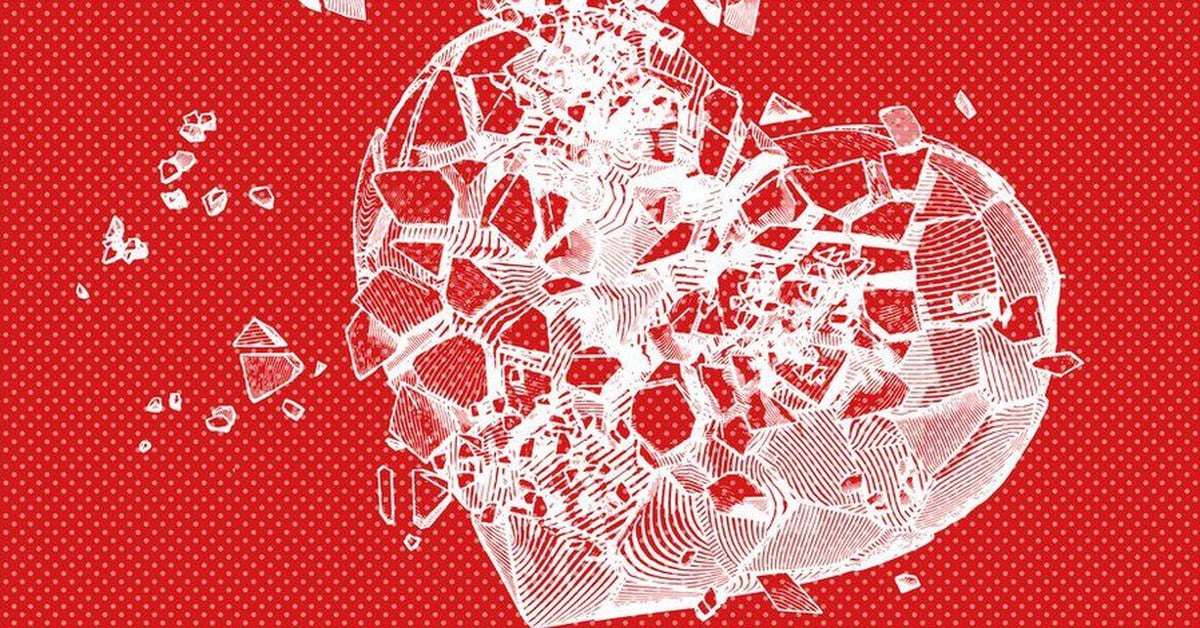








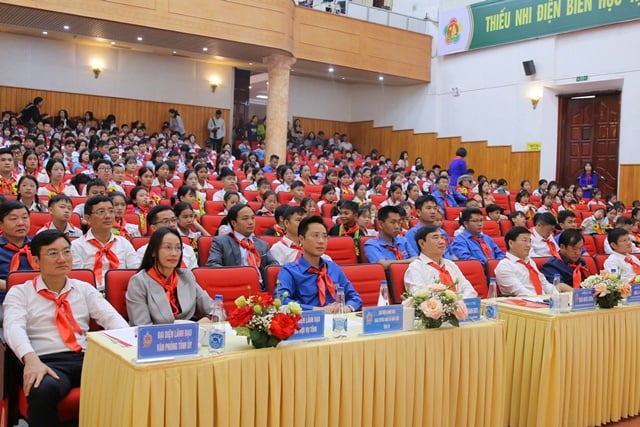









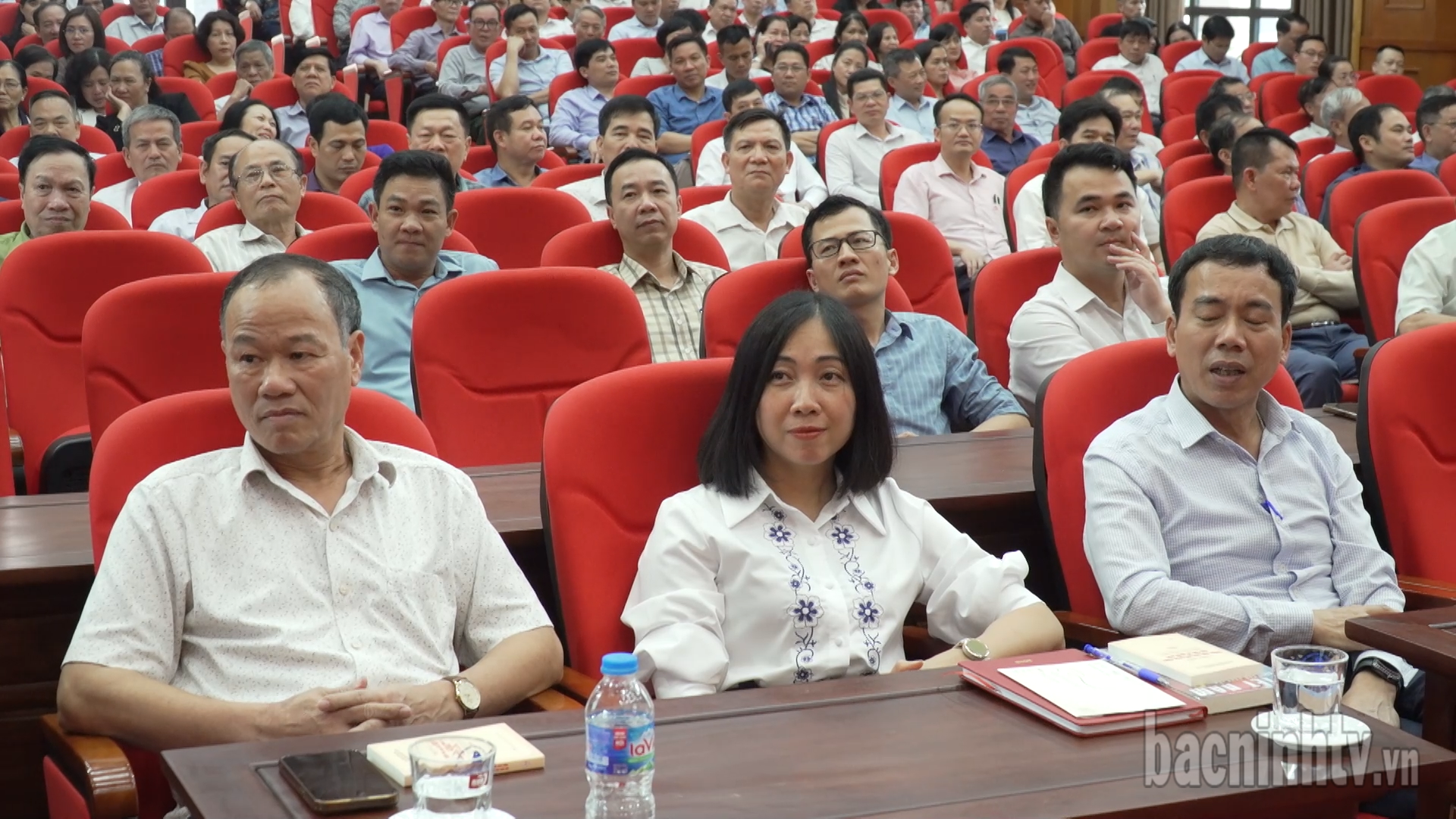




![[Photo] Prime Minister Pham Minh Chinh chairs meeting to remove difficulties for projects](https://vstatic.vietnam.vn/vietnam/resource/IMAGE/2025/3/30/7d354a396d4e4699adc2ccc0d44fbd4f)












































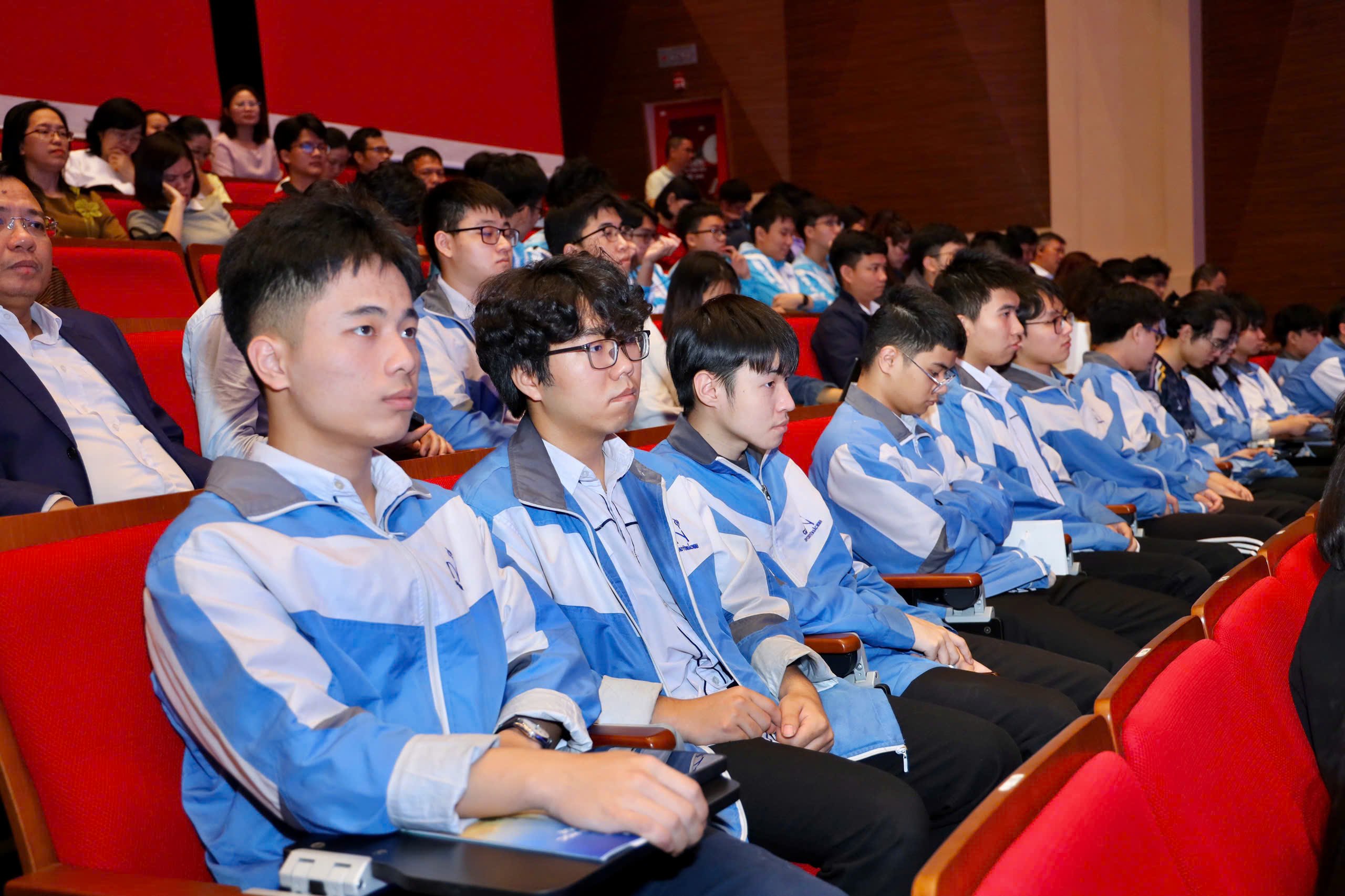






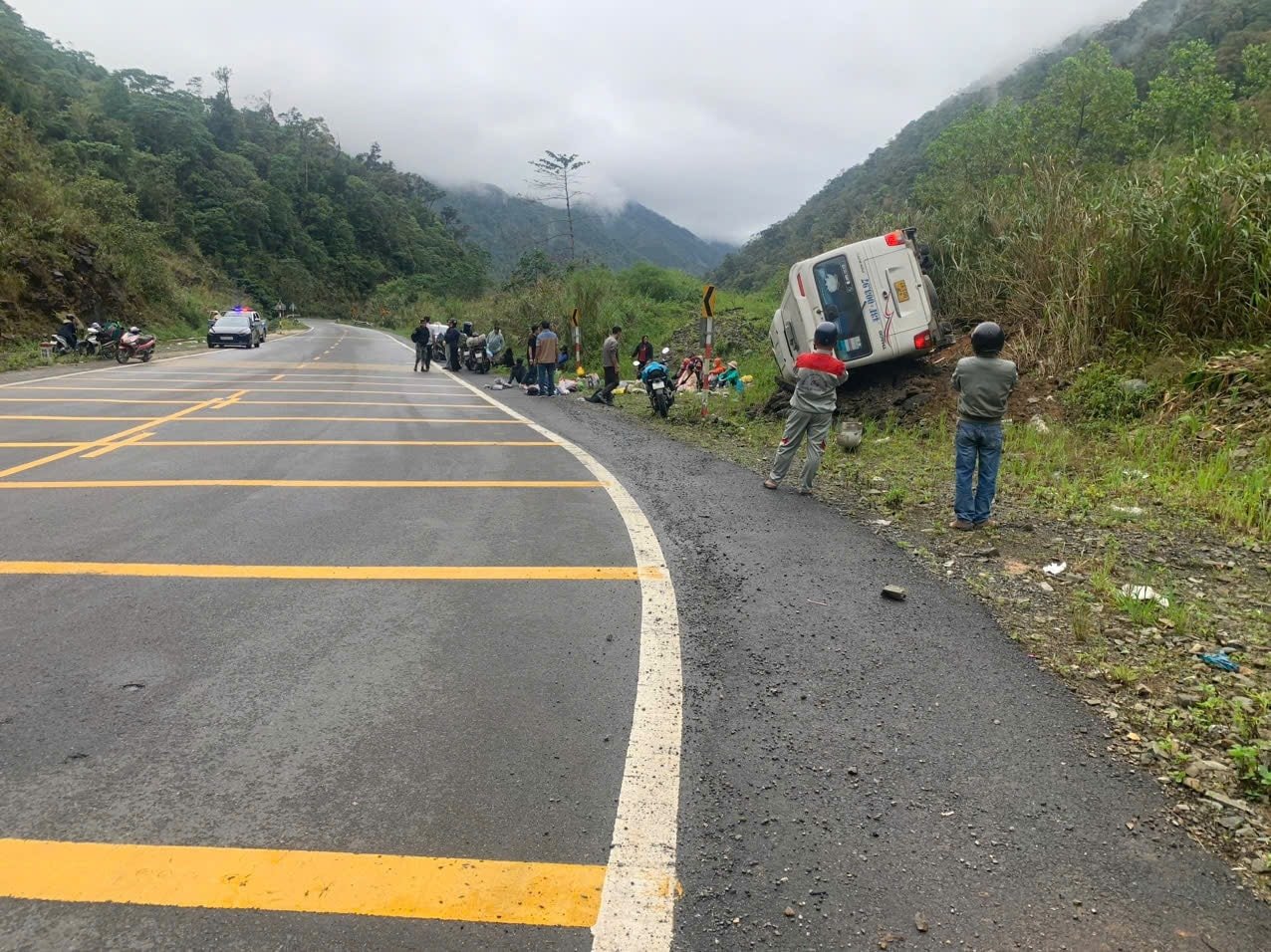









![[REVIEW OCOP] An Lanh Huong Vet Yen Cat](https://vstatic.vietnam.vn/vietnam/resource/IMAGE/2025/3/27/c25032328e9a47be9991d5be7c0cad8c)



Comment (0)